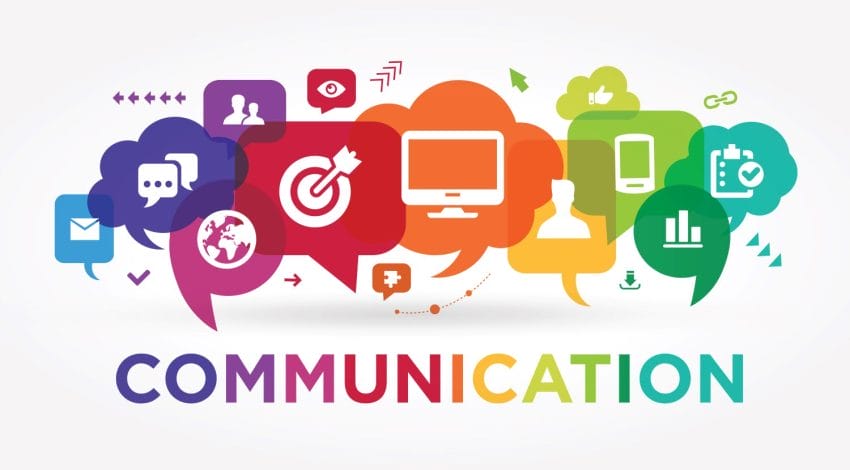I heard an incredible story last week about a father’s journey through his daughter’s childhood cancer. One thing the father said struck me to the core. He said, “Technology didn’t save my child’s life, communication did.” He went on to share his personal patient experience. His concerns were diminished and his inquiries were delayed until he fought, pushed, and relentlessly advocated for his child.
This father’s story wasn’t unique. Each member of the panel shared stories of family members with grave health conditions that weren’t effectively addressed. They had to fight for time and attention and until a diagnosis and treatment plan was initiated.
Healthcare is full of compassionate, intelligent, and caring professionals at all levels. Today’s technology gives physicians the best tools for diagnosis and treatment. So why do I constantly hear stories from consumers who fight tooth and nail to be seen as patients? And more stories from patients who battle to be heard? It’s the patient experience we don’t want to admit is happening.
The Processes Behind the Patient Experience
The biggest detriment to care is broken processes that stifle communication between patients and the systems.
Patient portals like MyChart provide a great conduit for communication between provider and patient, but that flow can sometimes be a detriment. One panel member shared how he received results from a battery of tests late at night. All the information pointed to a cancer diagnosis, but he had no access to the providers to help him digest the information and discuss the plan of action. He and his wife were frantic. When they called the office the next day, they were told to hold their questions until their scheduled appointment in five days. They suffered for five days until they could have a direct conversation.
Having a portal is a wonderful way to share information, but it does little to curb human suffering and provide hope. I think we can do better. If we truly put the patient at the center of all we do, we need to lessen their suffering during care lags. We also must ensure they are being heard without having to fight for attention.
Staff at all levels should be communicating with patients with care and compassion. Contact us today to learn how Baird Group can help you improve your patient experience with a comprehensive evaluation and customized approach.
Tags: Communication, Patient Experience

